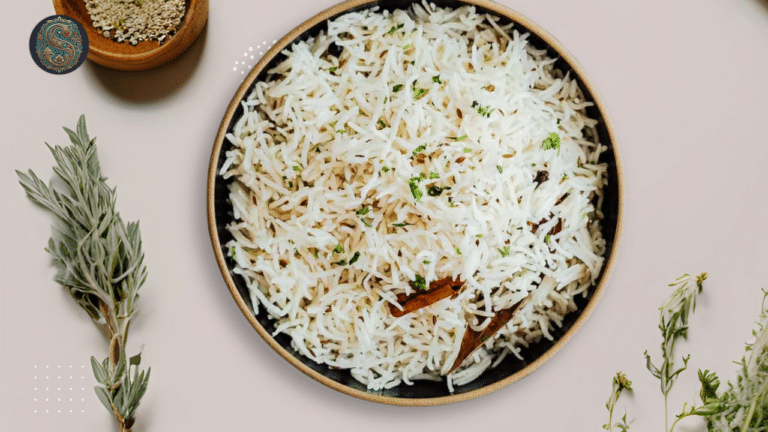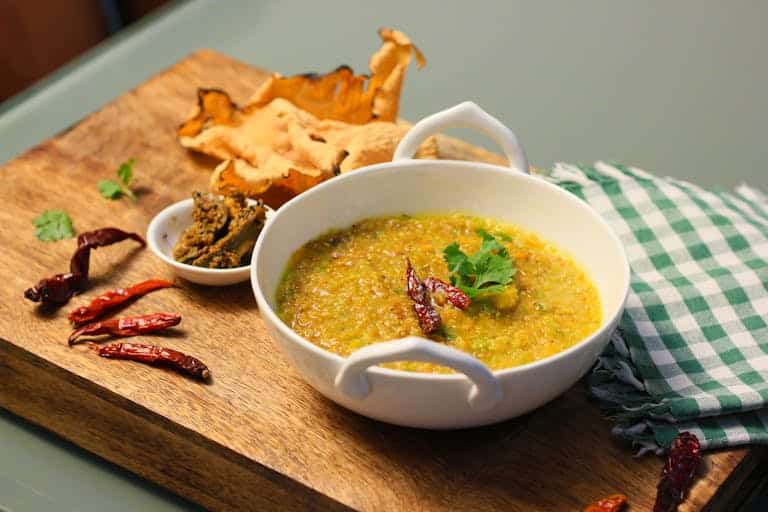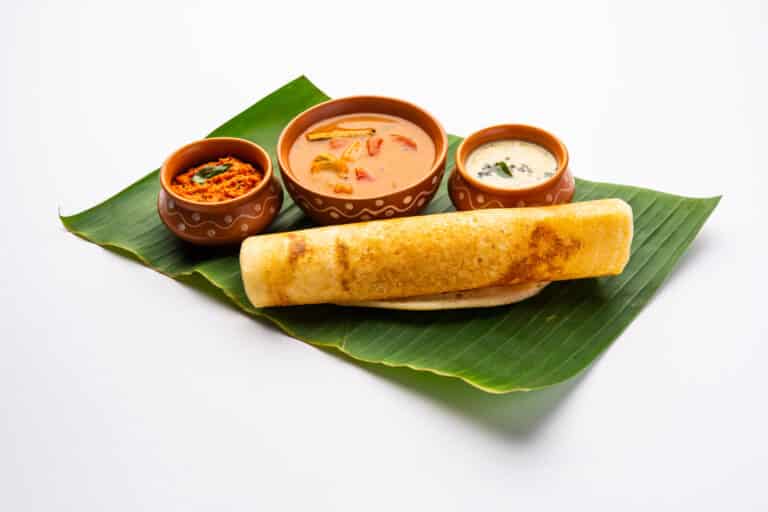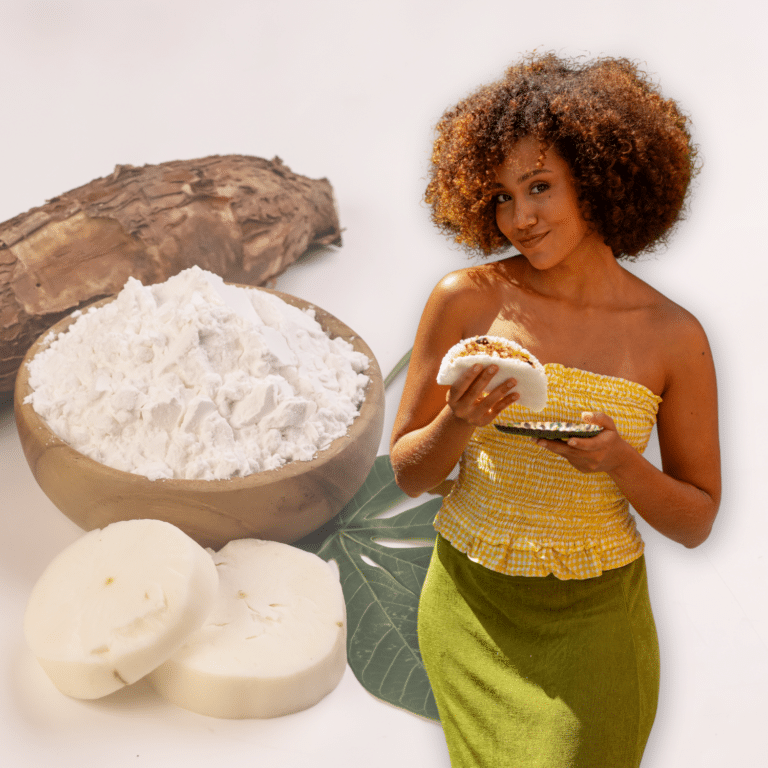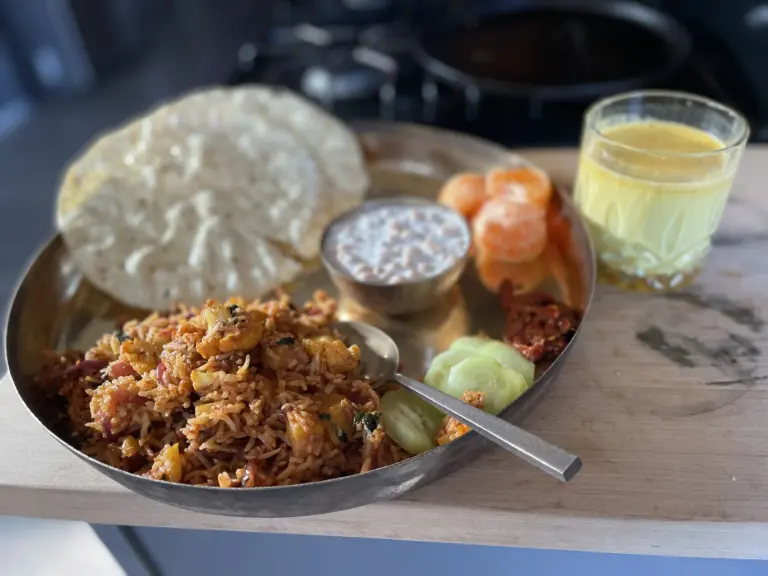Bread, with its humble beginnings as a basic staple, has woven its way through the fabric of human civilization. Its presence at our tables is as constant as it is comforting. My personal odyssey into the art of bread making began not just in the kitchen, but as a journey across diverse American landscapes—from the sunlit expanses of California, where my initial attempts battled the arid breezes, to the damp, mist-cloaked corners of the Pacific Northwest, where moisture lent both boon and bane to my baking endeavors, and onto the frost-laden fields of Minnesota, where the chill tested the very limits of yeast and patience. Each region brought its unique challenges and lessons, molding my skills and deepening my resolve. This voyage was less about mastering a recipe and more about embracing each loaf as a testament to both tradition and personal perseverance.
As I delved deeper into the craft, I was drawn to the allure of creating natural yeast starters, finding that each fruit or vegetable’s unique properties could profoundly influence the final loaf. Traditional bakers often looked to their immediate environments to capture wild yeasts, a practice I found both fascinating and fruitful.
Natural Yeast Starters: A Confluence of Science and Art
Natural yeast starters harness the wild yeasts present on organic matter, which are crucial for the fermentation process that gives bread its rise and texture. Each natural source brings something different to the table:
- Crab Apples: Known for their high pectin content, crab apples are excellent yeast catchers. The pectin aids in the fermentation process, creating a robust starter that imparts a subtle, fruity undertone to the bread. To create a starter, mash crab apples and mix them with equal parts water and flour, and let the mixture ferment over several days.
- Strawberries: These berries not only capture yeast effectively but also contribute beneficial nutrients that enrich the bread. Their natural sugars are perfect for feeding the yeast, while the slight acidity they introduce helps to regulate the fermentation environment, leading to a beautifully risen dough.
- Potatoes: Their starchy composition makes potatoes a hearty base for a yeast starter. The starch feeds the yeast over extended fermentation, creating a dense and flavorful bread.
1. Crab Apple Yeast Starter
Ingredients:
- Crab apples
- Water
- Flour
Steps:
- Prepare the Crab Apples: Collect about a cup of crab apples, ensuring they are organic and unwashed to maintain the natural yeasts on their skins. Mash them into a pulp.
- Mix: In a jar, combine the mashed crab apples with one cup of water and one cup of all-purpose flour. Stir until the mixture is well combined.
- Ferment: Cover the jar with a cloth or coffee filter and secure it with a rubber band. Place the jar in a warm area of your kitchen.
- Observe and Feed: Check the mixture daily for signs of bubbles, which indicate active fermentation. Feed the starter daily with equal parts of flour and water, stirring well each time.
- Ready to Use: Typically, the starter will be ready to use in 5 to 7 days. It should have a pleasant, slightly fruity smell and lots of bubbles.
Using the Starter: Use this starter to make bread by replacing commercial yeast with a cup of your crab apple starter. This will impart a subtle fruity flavor to your bread, ideal for recipes that benefit from a touch of sweetness.
2. Strawberry Yeast Starter
Ingredients:
- Fresh organic strawberries
- Water
- Flour
Steps:
- Prepare Strawberries: Chop a handful of strawberries to fill one cup.
- Mix: Place the chopped strawberries in a jar with one cup of water and one cup of flour. Mix thoroughly to create a slurry.
- Ferment: Cover the jar loosely with a cloth to allow airflow and let it sit in a warm spot in your kitchen.
- Monitor and Feed: Watch for fermentation activity — bubbles and a fruity aroma are good indicators. Feed the starter with a spoonful of flour and a splash of water every other day.
- Maturity: This starter should be ready in about 5 days, showing vigorous bubbling and a strong, sweet aroma.
Using the Starter: Replace the amount of water in your bread recipe with an equal amount of strawberry starter to introduce natural sweetness and improve the bread’s rise.
3. Potato Yeast Starter
Ingredients:
- 1 small organic potato
- Water
- Flour
Steps:
- Boil the Potato: Peel and chop the potato, then boil until tender. Mash it without adding any milk or butter.
- Prepare the Mixture: Measure the water used for boiling (ensure it’s about a cup), and mix it with the mashed potato and a cup of flour to form your starter base.
- Ferment: Place the mixture in a jar, cover it with a breathable cloth, and let it sit in a warm place.
- Feed: Add a small amount of flour every day to feed the yeast in the starter.
- Ready in a Week: After about 7 days, your potato starter should be bubbly and ready for bread making.
Using the Starter: Incorporate the potato starter into your bread dough to add moisture and depth of flavor, ideal for denser bread like rye or whole wheat.
Additional Tips:
- Temperature Matters: Keep your starters at a consistent warm temperature, ideally between 70-75°F (21-24°C), to ensure optimal yeast activity.
- Acidity Check: If you notice any off smells or excessive acidity, it may be necessary to discard the starter and begin again, ensuring cleanliness and proper proportions in your mixtures.
By following these steps, you can create vibrant, naturally-leavened breads that are not only delicious but also deeply rooted in the artisanal tradition of bread making. Each type of starter brings its unique twist to the bread, enhancing flavor profiles and nutritional content.
Using these natural starters requires intuition and a tactile approach. The feel of the dough under your fingers becomes your guide as you adjust hydration and knead rhythms based on the starter’s activity and the ambient conditions of your kitchen. This sensory connection to the ingredients and process brings a deeper joy to bread making, turning each batch into a discovery of flavors and textures.
Modern Bread Making with Sweet Enhancements
Ingredients:
- 500g bread flour
- 350ml warm water (about 105°F or 40°C)
- 10g salt
- 7g instant or quick rise yeast
- 1 tablespoon molasses (or raw cane sugar or jaggery)
Steps:
- Prepare the Yeast Mixture: In a small bowl, dissolve the instant yeast and molasses (or your choice of sweetener) in the warm water. Let it sit for about 5 minutes until it becomes frothy. Molasses, raw cane sugar, or jaggery not only feed the yeast but also add a depth of flavor and color to the bread.
- Mix Dry Ingredients: In a large mixing bowl, combine the bread flour and salt. Stir these together before adding the wet ingredients to prevent the salt from directly contacting the yeast.
- Combine the Ingredients: Gradually pour the yeast mixture into the flour mixture. Stir until a rough dough forms.
- Knead the Dough: Knead the dough on a lightly floured surface for about 10 minutes until it becomes smooth and elastic. (Many a times, I end up doing this process in the bowl itself 😀)
- First Rise: Place the dough in a lightly oiled bowl, cover it with a damp cloth or plastic wrap, and let it rise in a warm place until it doubles in size, about 1 to 1.5 hours.
- Shape and Second Rise: After the first rise, punch down the dough to release air, shape it, and let it rise again until doubled.
- Bake: Preheat the oven to 260°C (500°F).
- If using dutch oven bake the bread covered for 25 minutes. Remove cover and bake for additional 8-10 minutes or until golden brown.
- If baking in a open bread pan, bake for 25 minutes or until golden brown.
- Cool: Remove from the oven and cool on a wire rack and enjoy with your loved ones 🥰
By adding molasses, jaggery, or raw cane sugar, you not only enhance the flavor and color of your bread but also boost the activity of the yeast, ensuring a more reliable rise and a better texture in the finished loaf. These adjustments should make your bread-making experience even more rewarding and delicious.
The journey from flour to loaf is transformative, not just for the dough but for the baker as well. Each ingredient, each fruit or vegetable used in a starter, tells a story of the earth, of growth, and of the cycles of nature—all converging in the golden crust and soft crumb of a freshly baked loaf.
As I continue to explore and refine my techniques, the results have become more consistent and rewarding. Bread making, in its essence, is an act of love—a slow, rhythmic dance of flour, water, and yeast, guided by hands that learn to feel and eyes that learn to see the invisible rise of life within the dough. I invite you to join me on this journey, to share in the warmth of creating something truly nourishing, and to find in each loaf a slice of shared humanity.

